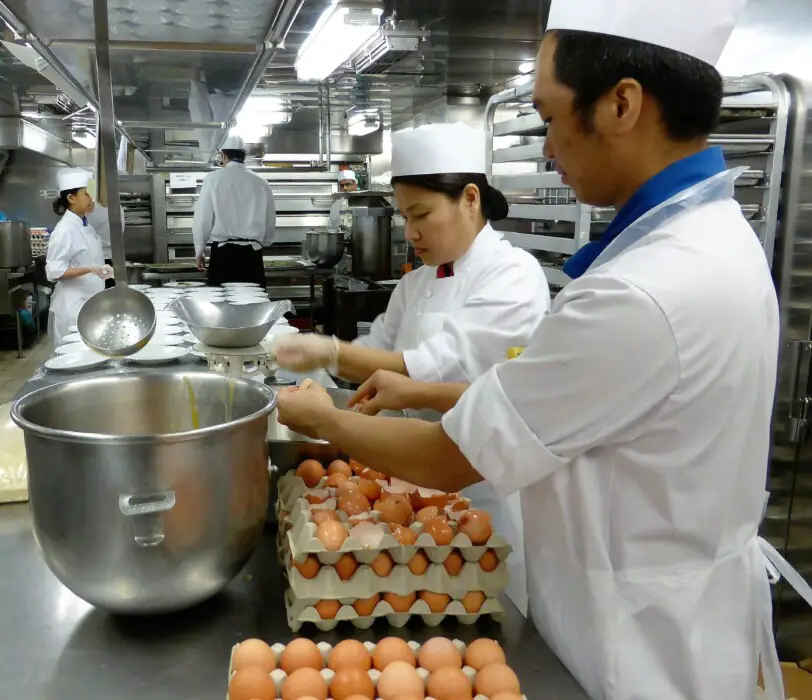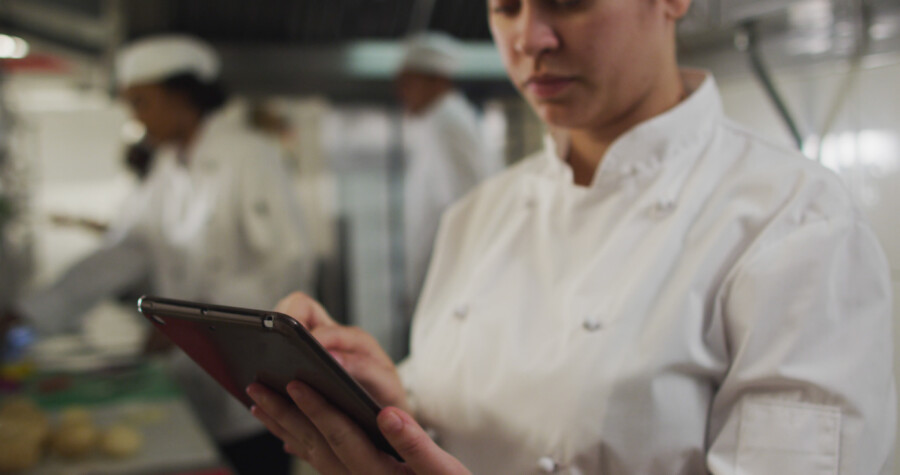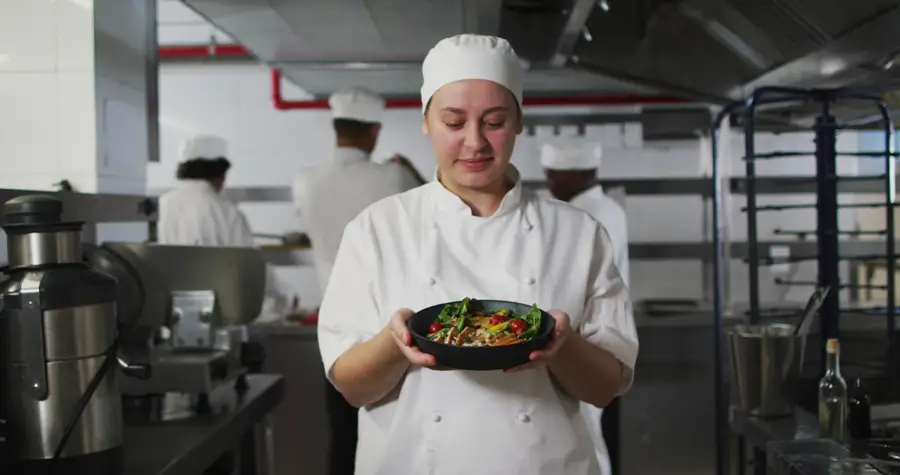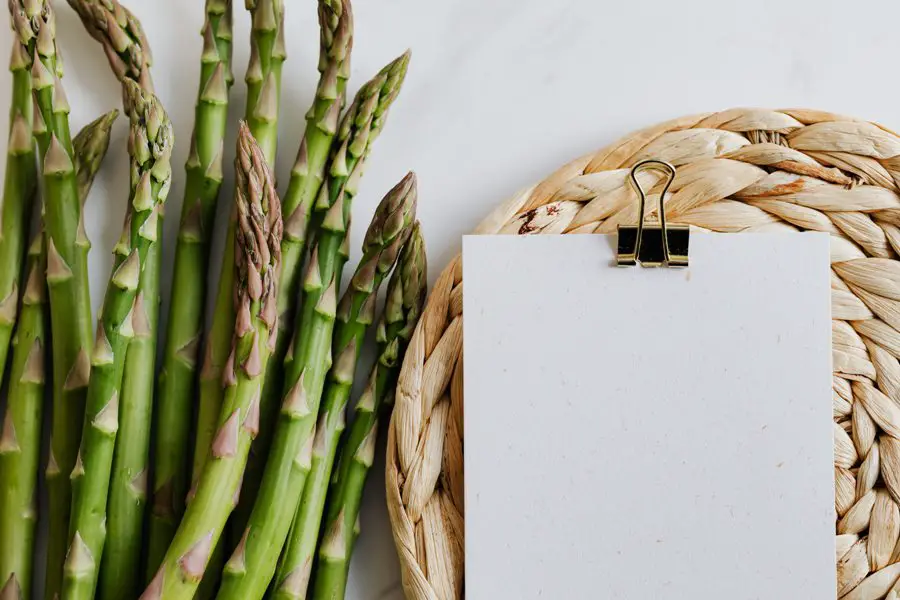
In the present day, food recipes have become popular. Restaurants and eatery establishments display or provide menus to their guests or customers. This menu contains a list of dishes, and these dishes are guided by what is known as recipes. In other words, recipes translate into dishes, and dishes translate into menus.
Whether for home cooking or commercial use — recipes are so unique that sometimes we consult them for dish preparation accuracy. Experience in something practiced over time is knowledge that ought to be shared. One can develop a skill that others can learn from. “Varieties are the spice of life”. The love for food will always propel chefs to come up with new and inspiring dishes.
Recipes can cater to people of all food categories. When I say “categories”, it involves people with food allergies, those on dieting, vegetarians, etc. Someone can spend time working on something, and when perfected others benefit from it. Today, recipes can accommodate people of all food backgrounds.
Chefs will continue to remain sensitive to people’s food concerns. As a result, they’re not just making recipes, but recipes that involve healthy eating, Just like medicines that are available today, that are used for treatment. Medical practitioners carry out research and do medicines that can take care of ailments. For an idea that is developed, it has to go through time or process.
This period of time or process could be days, weeks, months, or years. In the process of time, there was patience, endurance, and perseverance. There were moments when things seemed not to be working out, and there were persistent trials, with the intention that something positive or beneficial to the public would emerge, and it was a reality.
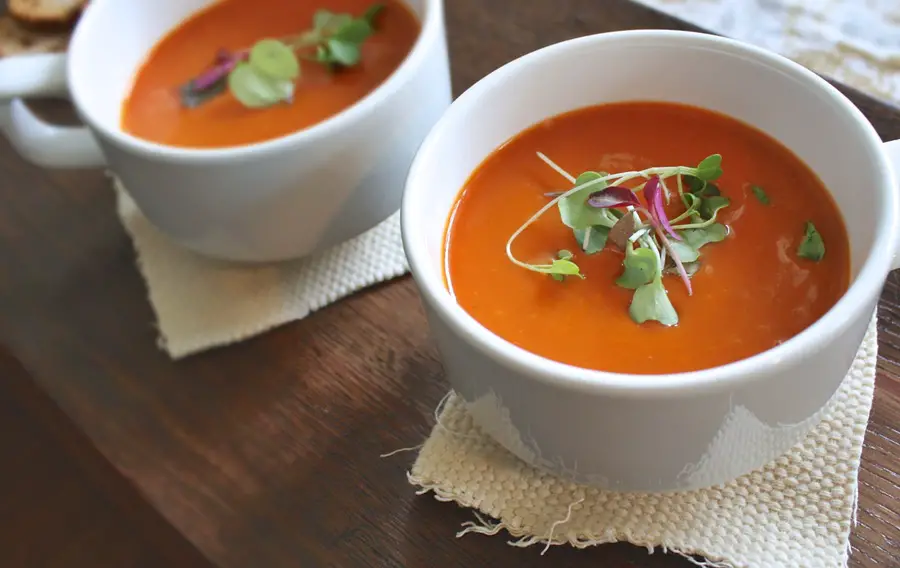
1. The Knowledge Of Dishes
For someone to give out something, you must have something in your possession to give. You can’t give what you don’t have or when you don’t have. It’s like someone who wants to become a teacher, you’ll need to study education, then you’ll be qualified to teach.
Knowledge has to be gained, then one can be able to share one’s experience. So, it’s the same with a career chef or caterer. You must build a knowledge of cuisines before you can share it. To build the knowledge of cuisines is not a day’s job.
Developing dishes takes lots of diligence. Combining food ingredients to make a dish isn’t simple if you think so. Lots have to come into consideration if you want to develop a dish. It’s like garlic and onion, you need to understand where these flavors can fit in or apply in cooking.
You’ll need to understand if these flavors can be combined in a dish or not, depending on… A chef must be really conversant with food commodities to do this. Your knowledge level of food commodities will go a long way to determine how creative you’ll be in the area of making dishes.
Practical cookery is the sure way to do this. If you’ve cooked octopus or squid-like seafood products, then you’ve built a foundation for developing dishes in that aspect, unlike someone who hasn’t cooked such seafood products. Sauces that are suitable for seafood products, you should know and can develop. This is the basis for forming dishes. The inspiration to make recipes comes from the knowledge of foods.
2. The Purpose Of Recipes
A guide to doing something is important to achieve success. A textbook of a particular course is a guide for the student who studies it. A map guides someone to locate a place or destination.
Anything that acts as a guide should be paid serious attention to. When you buy a medicine, there’s a provision in the case of the drug on how the drug should be administered or used.
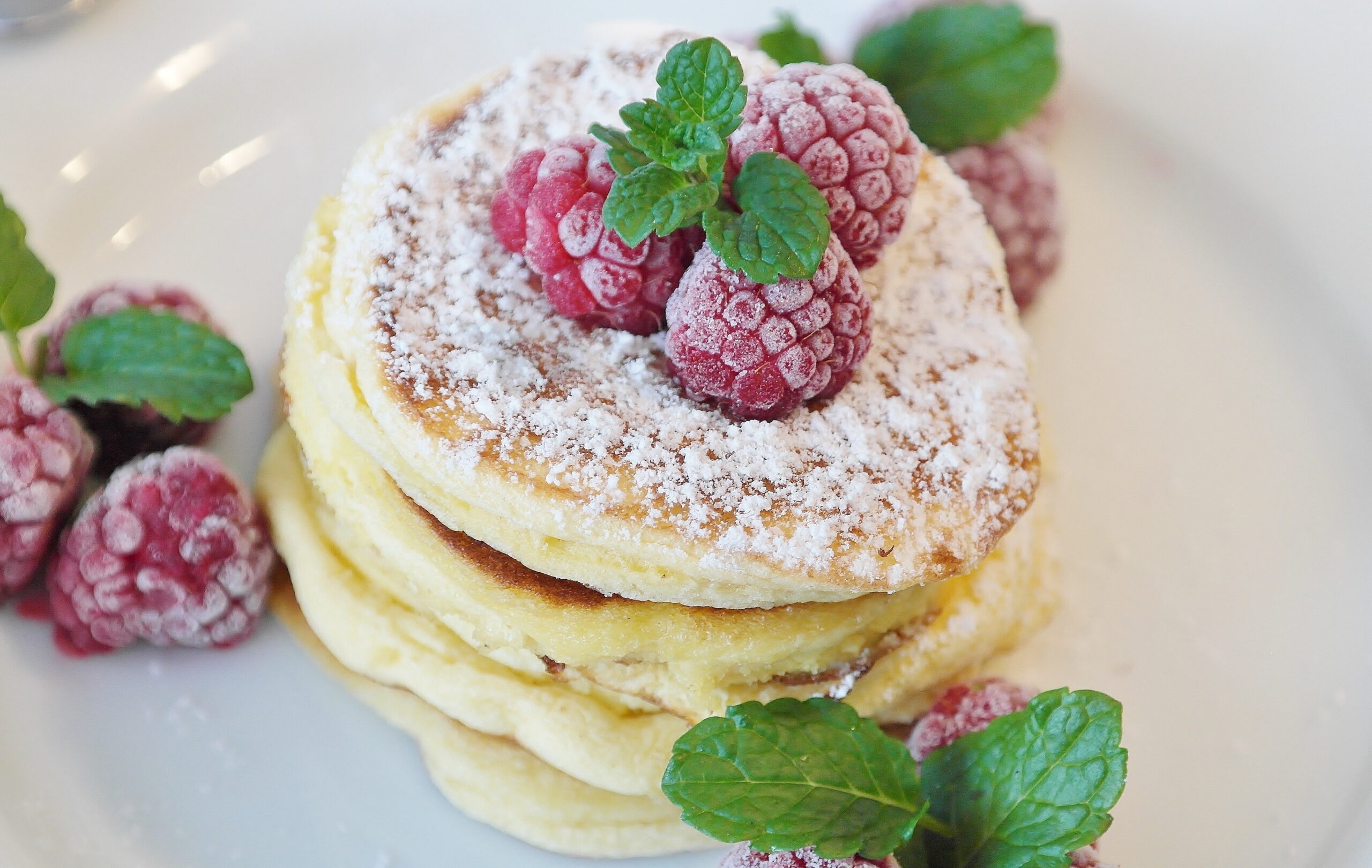
Pancake topped with icing sugar, strawberry, and mint leaf.
When you buy a brand new refrigerator, there’s a manual that comes with it that explains certain things about the electrical appliance. This is how it is with recipes. A dish is developed, and quantification are done for each item involved in the dish.
Basically, the quantification will be to cater to one person, and if you want to use the recipe for more than one person, you simply do multiplications. In the recipe documents, visuals are included for one to see or know what the dish looks like, so that, if anyone decides to make the food, they should know what it looks like on a plate.
Summary:
The work of putting a recipe together takes time and patience. Bear in mind to use metrics that are understood internationally. Ensure the term “milliliter” (ml) is used for liquid items, and the term “kilograms” (kg) is used for solid items.
The recipe title should be easy to read and catchy. Keep a simple explanation of the method of preparation. Describe other items, if they’ll be in “slices” (secs) or pieces (pcs). Ensure you use abbreviations so the format looks simple: tablespoon (tbsp). Suitable terms are important to use for measures, meaning that, if you are writing a recipe that involves ice cream, use the term “scoop”: “1 scoop”, “2 scoop” etc. Take time to fine-tune how the structure of the food should be on the plate.
For items that’ll be cooked in the oven. State the degree of temperature to be used and the duration of time for cooking. Take your own photos before inviting a professional photographer or you can use your own food photos if they’re of high quality.
Look for backgrounds that befit or that’ll add more color to the dish. Feel free to suggest background ideas to the photographer. Before you take photographs, ensure the dish is still warm unlike when it’s cold.
Warm food will appear finer in photos, unlike a cold dish. After writing the draft, it has to be typeset. Do graphic work was needed. Outside the written recipe, a recipe “video tutorial” can be provided if you can, for an online web page, particularly, for a recipe blog.

